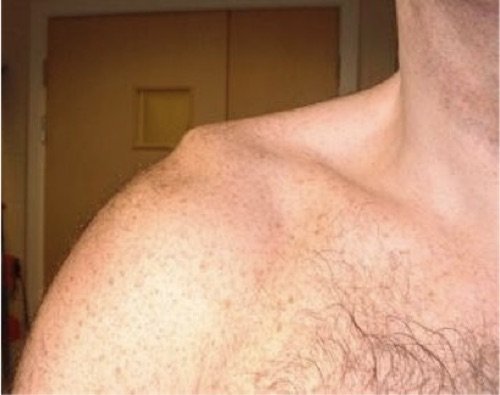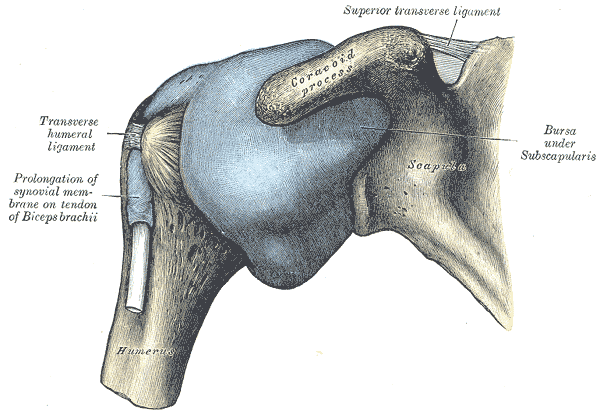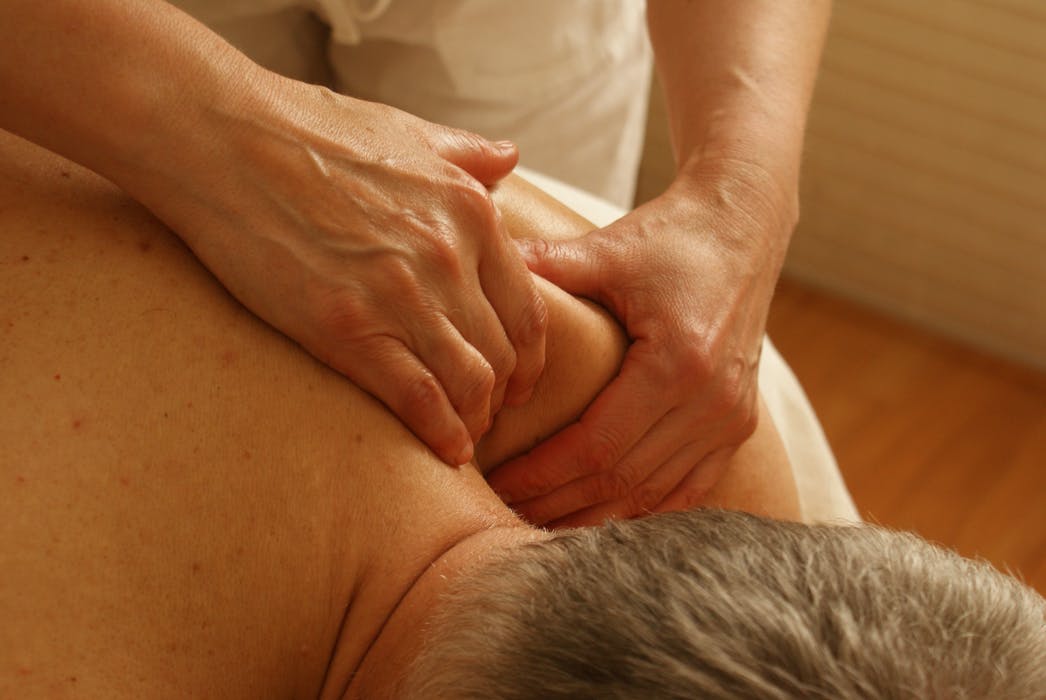nalco group
bone, muscle & joint pain physio
BOOK NOW / WHATSAPP ABOUT YOUR PAIN OR INJURY
- NOVENA 10 Sinaran Drive, Novena Medical Center #10-09, Singapore 307506
- TAMPINES 9 Tampines Grande #01-20 Singapore 528735
- SERANGOON 265 Serangoon Central Drive #04-269 Singapore 550265
Home
> Blog
> Physiotherapy
> Conditions
> Shoulder
Pain > Acromioclavicular Joint Injuries
Acromicioclavicular (AC) Joint Injuries

Acromioclavicular (AC) joint injury is an injury to the top of the shoulder, where the front of the shoulder blade (acromion) attaches to the collarbone (clavicle).
AC joint injuries can be caused by a traumatic event, such as falling directly on the outside of the shoulder, or by repetitive overuse. Most AC joint injuries are common in individuals younger than 35 years old, with males sustaining 500% more traumatic AC joint injuries than females.
Because younger athletes are most likely to participate in high-risk and collision activities, such as football, biking, snow sports, hockey, and rugby, that's why traumatic acromioclavicular joint injuries occur most often in this population.
AC joint injuries
can be identified and effectively treated by a senior physiotherapist, often
avoiding the need for surgery.
What Are Acromicioclavicular (AC) Joint Injuries?

There are total of four ligaments holding the 2 bones of the AC joint (the acromion and the clavicle) together. Usually when an AC joint injury occurs, these ligaments are stressed, resulting in some degree of joint separation (and injury).
There are 2 types of injuries that can occur at the AC joint:
- traumatic (high impact types such as sports, accidents, falls etc)
- overuse injuries (due to overuse over a period of time)
A traumatic AC joint injury occurs when there is a disruption of the joint due to damaged ligaments holding the 2 bones of the joint together. This injury is called a shoulder separation (in contrast to a shoulder dislocation, it involves the ball-and-socket joint of the shoulder).
Traumatic AC joint injuries are most common in individuals who sustain a fall and land on the outside of the shoulder or onto a hand eg
- a rugby or soccer player who was tackled
- a bicyclist who crashed his/her bike
- a person who fell off a ladder/raised location
Traumatic AC joint injuries are graded from mild to severe based on the amount of separation of the joint. Treatment of mild cases likely will be provided and solved by a physical therapist; more severe cases may require corrective shoulder surgery followed by post-surgery physiotherapy.
For the overused AC joint injury which occurs over time as repeated, excessive stress is placed on the joint. Cartilage at the ends of the acromion and clavicle bones protects the joint from daily wear and tear. Over a period of time, the demand placed on this cartilage may be more than it is capable of enduring, resulting in an overuse injury.
Significant wearing of the cartilage is known as arthritis.
Overuse AC joint injury is most common in individuals who perform tasks, such as heavy weight lifting (eg bench press and military presses), or jobs that require physical labor with the arms stretched over the head.
How Does an acromioclavicular joint injury Feel like?
With an AC joint injury, you may experience:
- General shoulder pain and swelling
- Swelling and tenderness over the AC joint
- Loss of shoulder strength
- A visible bump above the shoulder
- Pain when lying or sleeping on the injured side
- Decreased shoulder range of motion
- A popping/clicking sound or catching sensation with movement of the shoulder
- Discomfort with daily activities that stress the AC joint, like lifting objects overhead, reaching across your body, or carrying heavy objects at your side
How Is acromioclavicular joint injury Diagnosed?
Diagnosis of an AC joint injury starts with a thorough review of the patient’s medical history, including specific questions regarding when the pain began, what aggravates and relieves the pain.
Our senior physiotherapist will examine your shoulder and assess different measures, such as
- sensation
- motion
- strength
- flexibility
- tenderness
- swelling
Then they will perform several tests specific to your shoulder joint to examine the structures located there. The senior physiotherapist may also ask you to briefly demonstrate the activities or positions that causes or aggravates your shoulder pain. Other nearby areas, such as your neck and upper back will also be examined to determine whether they, too, might be contributing to your shoulder condition.
While an AC joint injury can usually be identified through a shoulder examination, diagnostic imaging, such as ultrasound, x-ray, or MRI is often used to confirm the diagnosis and determine the severity of the injury.
How our senior physiotherapists can Help you

Once other conditions have been ruled out and an injury to the AC joint is diagnosed, our senior physiotherapist will work with you to develop an individualized plan tailored to your specific shoulder condition and your goals.
There are many physical therapy treatments that have been shown to be effective in treating this condition. Your physical therapist may focus on:
Range of Motion. An injury to the AC joint, whether traumatic or overuse, causes the joint to be irritated, often resulting in swelling and stiffness, causing loss of normal motion. Motions that are usually most difficult after an AC joint injury are reaching across your body and lifting your arm directly overhead. While it is important to regain your normal shoulder motion, it is also important to allow your injury to heal without placing excessive stress on the healing joint. They will assess your shoulder range-of-motion and the severity of your shoulder injury, and establish a plan that will balance joint protection and motion restoration.
Strength Training. After an injury, the surrounding muscles will become weakened. All of the muscles near the shoulder and elbow as well as those of the upper back, work together to allow for normal, coordinated upper-body motion. That's why we need to re-balance the strength of all the upper-body muscles to make sure the shoulder joint is protected and moves efficiently. Our senior physiotherapist will design an individualized exercise program to strengthen the muscles at and around the shoulder, so that each muscle is able to properly perform its job.
Manual Therapy. Physical therapists are trained in manual (hands-on) therapy. If needed, your physical therapist will gently move and mobilize your shoulder joint and surrounding muscles as needed to improve their motion, flexibility, and strength. These techniques can target areas that are difficult to treat on your own.
Pain Management. Our senior physiotherapist may recommend therapeutic modalities, such as cold therapy and heat therapy to aid in pain management.
